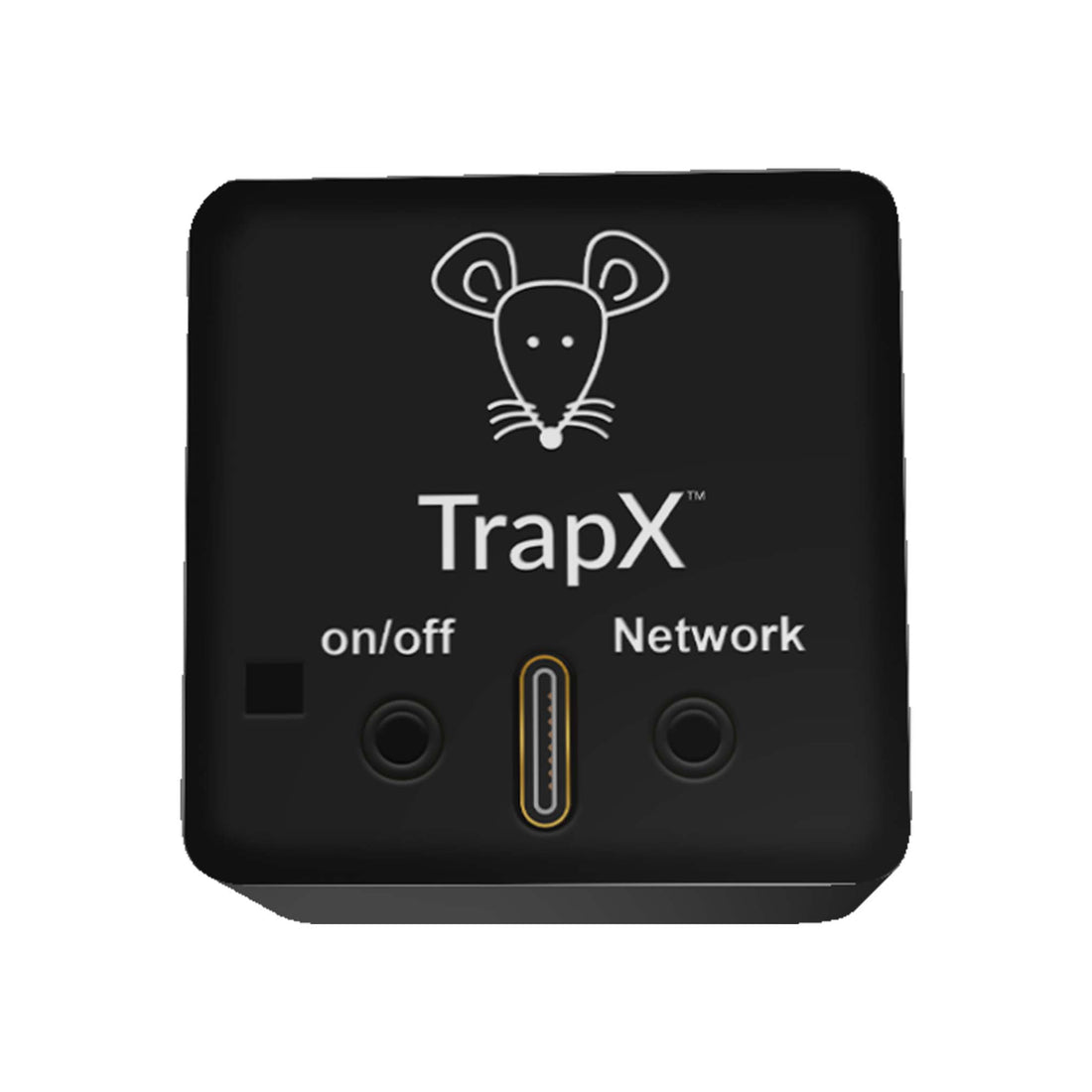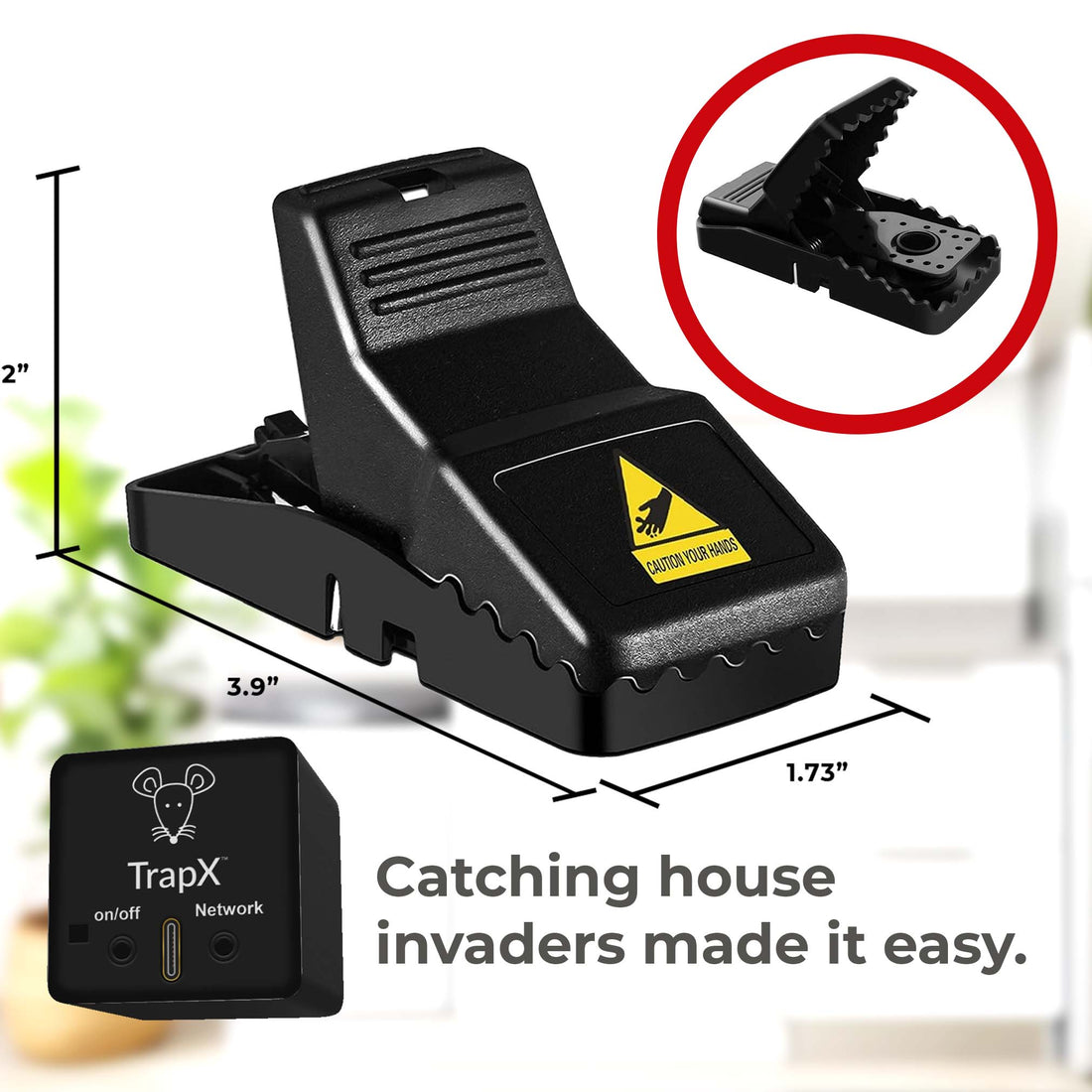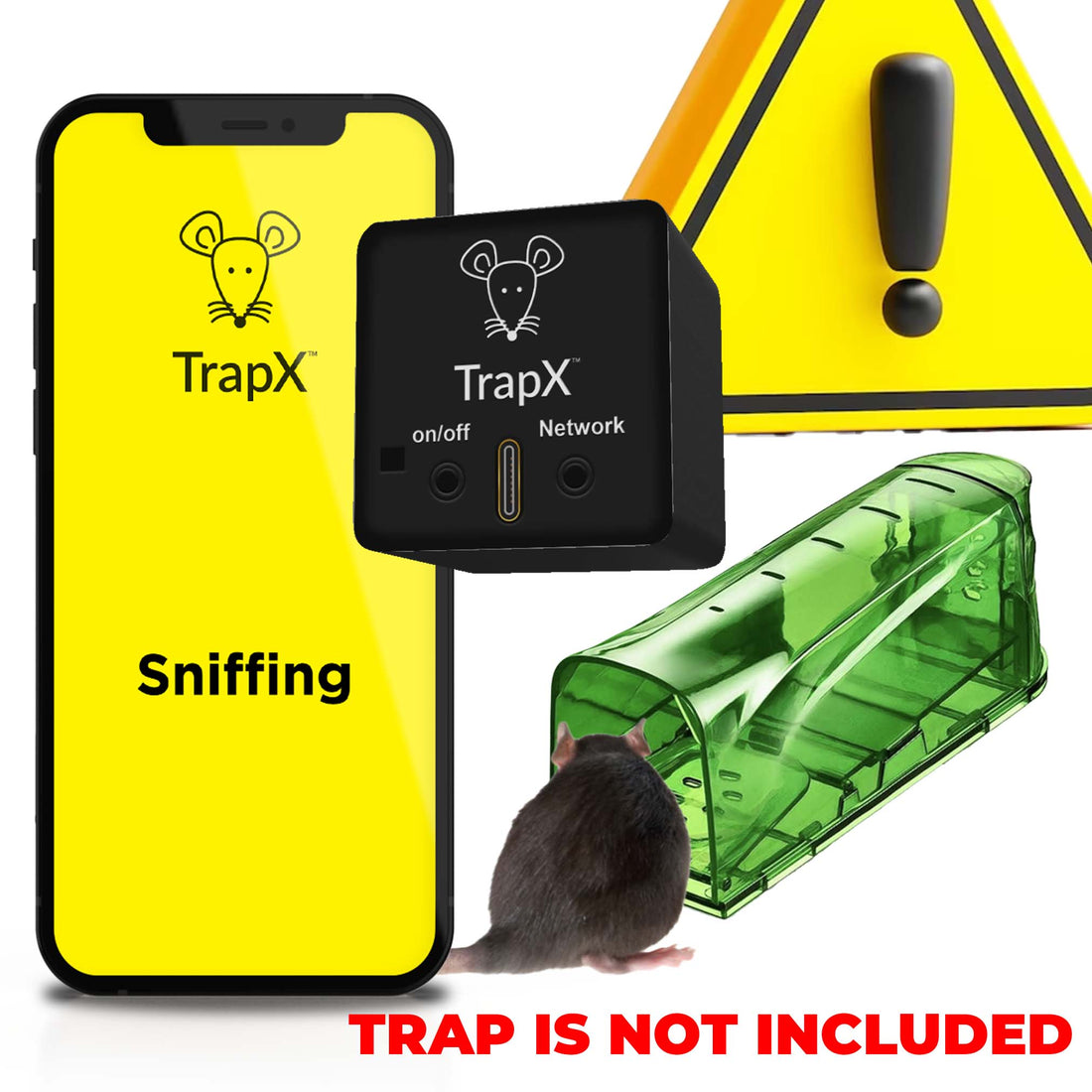The Ultimate Guide to Mice Sticky Traps: How to Get Rid of Mice Infestations
Share
Are you tired of dealing with mice infestations in your home? Do you want to find an effective and humane way to get rid of these pesky rodents? Look no further than mice sticky traps! In this comprehensive guide, we will explore everything you need to know about mice sticky traps, including how they work, the different types available, and how to use them effectively to eliminate mice infestations.

What are Mice Sticky Traps?
Mice sticky traps, also known as glue traps, are a popular method of pest control for capturing mice. These traps consist of a sticky adhesive surface that is designed to trap mice when they come into contact with it. Once trapped, the mice are unable to escape, making sticky traps an effective way to catch and remove mice from your home.

How Do Mice Sticky Traps Work?
Mice sticky traps work by using a strong adhesive to capture mice. When a mouse steps onto the sticky surface of the trap, it becomes stuck and is unable to move. The more the mouse struggles, the more it becomes entangled in the adhesive. This ensures that the mouse is securely trapped and unable to escape.

Types of Mice Sticky Traps
There are several different types of mice sticky traps available on the market, each with its own unique features and advantages. Here are some of the most common types:
- Traditional Sticky Traps: These are the most basic type of mice sticky traps. They consist of a flat board coated with a sticky adhesive. Mice are attracted to the trap by bait, such as food or nesting material, and become stuck when they step onto the adhesive surface.
- Glue Boards: Glue boards are similar to traditional sticky traps, but they are typically smaller and more discreet. They are often used in commercial settings or areas where aesthetics are a concern.
- Tunnel Traps: Tunnel traps are designed to mimic a tunnel or burrow, providing a more natural environment for mice. These traps have an entrance and an exit, both of which are covered in sticky adhesive. Mice enter the trap through the entrance and become trapped as they try to exit through the adhesive-covered exit.
- Multi-Catch Traps: Multi-catch traps are larger traps that can capture multiple mice at once. They are often used in areas with high mouse activity or larger infestations.
How to Use Mice Sticky Traps Effectively
Using mice sticky traps effectively is essential for successfully eliminating mice infestations. Here are some tips to help you use these traps effectively:
- Place the traps strategically: Mice are creatures of habit and tend to follow established paths. Place the traps along walls, near entry points, and in areas where mice have been spotted.
- Use bait: To attract mice to the traps, use bait such as food crumbs, peanut butter, or nesting material. Place a small amount of bait on the trap to entice the mice.
- Check the traps regularly: Check the traps daily to see if any mice have been caught. If a mouse is trapped, dispose of it humanely by releasing it outside or contacting a pest control professional.
- Keep the traps clean: Sticky traps can become dirty and less effective over time. Clean the traps regularly by gently wiping them with warm, soapy water. Allow them to dry completely before reusing.
- Use multiple traps: For larger infestations, it may be necessary to use multiple traps. Place traps in several locations to increase your chances of catching mice.
Conclusion
Mice sticky traps are a highly effective and humane method of pest control for eliminating mice infestations. By understanding how these traps work and using them effectively, you can successfully rid your home of mice and prevent future infestations. Remember to place the traps strategically, use bait to attract mice, and check the traps regularly. With the right approach, you can say goodbye to mice and enjoy a pest-free home!
Jan02.chat.1pass.general public.mice sticky trapsAs an Amazon Associate, I earn from qualifying purchases.
